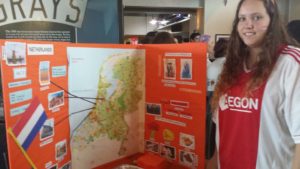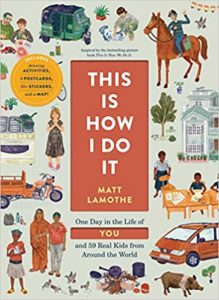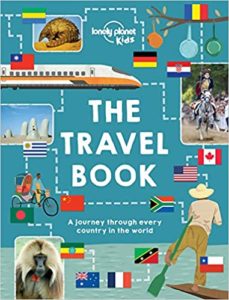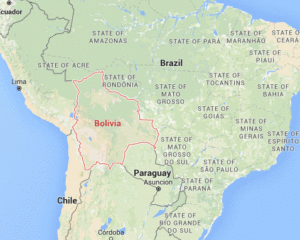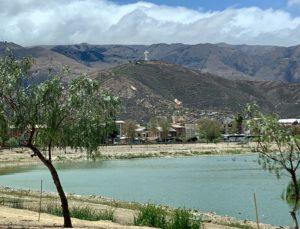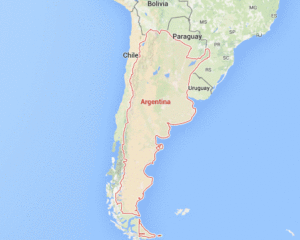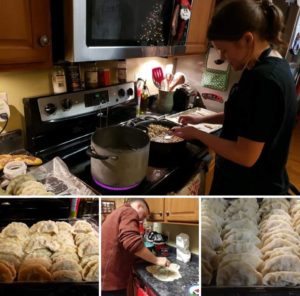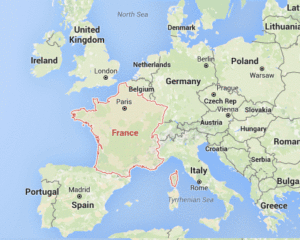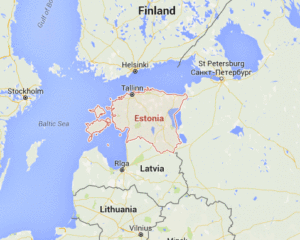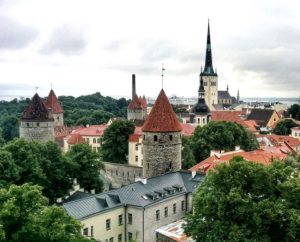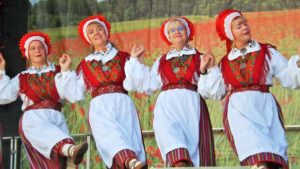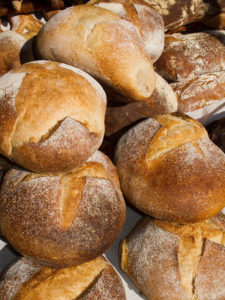Lunar New Year is is the most important holiday in China. Tied to the Chinese lunar calendar, the holiday began as a time for feasting and honoring ancestors as well as deities. Lunar New Year celebrations begin on February 1st. The year 2022 is slated to be the year of the tiger. The tiger is known as the king of all beasts in China and the zodiac is associated with strength and bravery.
Chinese people celebrate Lunar New Year with the traditional greeting, “Kung hei fat choi” Sounds like (gung – hay – fah – choy) in Cantonese!
Lunar New Year covers a long span, not just one day. Two weeks is the typical time frame. Traditionally this time is used to celebrate with family and friends. It’s important to start the new year with a clean home. Red envelopes are handed out to others, typically children or young people, containing Lucky Money. Foods are important in the celebration and have meaning. Long noodle dishes, for instance, represent longevity or long life, while dumplings represent wealth. Interestingly, fortune cookies are not authentic Chinese treats, though enjoyable and fun, you can read more about their unique history here.
You can read more about Lunar New Year here.
Crafts, recipes, activities, and games related to Lunar New Year can be found on the APIA Winter Pinterest board. Try some of these great ideas!
Arts & Crafts:
- Make Lucky Money Envelopes
- Chinese New Year Activities for Kids
- Chinese New Year Lantern craft
- Handprint Chinese Dragon
- Montessori Inspired Chinese New Year Activities
- Lunar New Year Sensory Bin
Kids in the Kitchen:
- Recipes for Lunar New Year
- Lunar New Year Cupcakes
- Delicious Dishes for Lunar New Year
- Chinese Dumplings / Potstickers
- Longevity Noodles
- Mung Bean Salad
- Pineapple Cakes
Virtual Field Trips can be a great way for kids to learn and have new experiences. Here are a couple of virtual field trips that fit this theme:
Videos – Online you can find many examples of celebrations. Please review the content for appropriateness for your own host kids before watching with the children.
- Discovery Education offers many interesting options!
Webcams – You can do a google search for Lunar New Year celebrations with webcams. Here is a popular one for the upcoming season:
- Chinese New Year celebrations in Hong Kong (multiple options)
Books – Check out your local library or bookseller for books to order / reserve and pick up /read online:
- Holidays Around the World: Celebrate Chinese New Year: With Fireworks, Dragons and Lanterns
- My First Chinese New Year
- Chinese New Year Wishes
- Lunar New Year
- Sam & the Lucky Money

